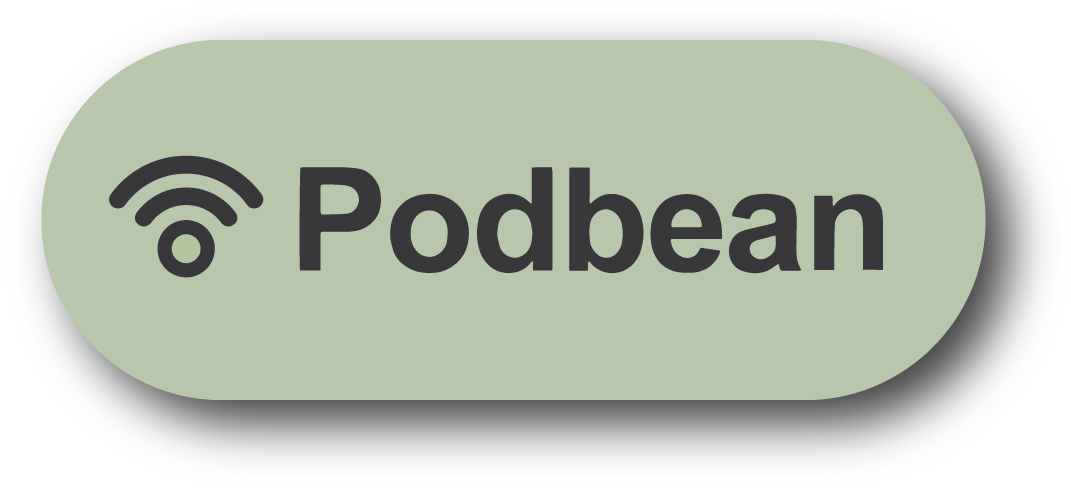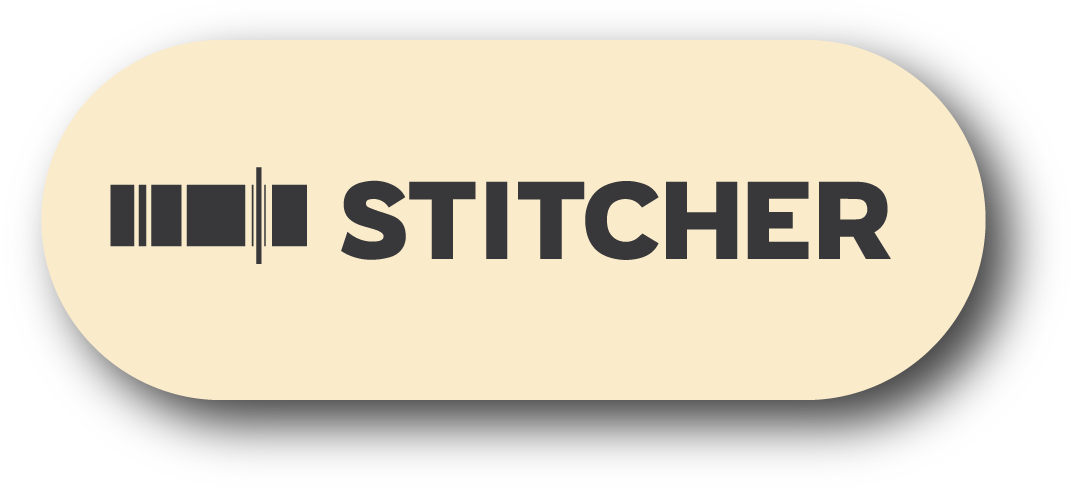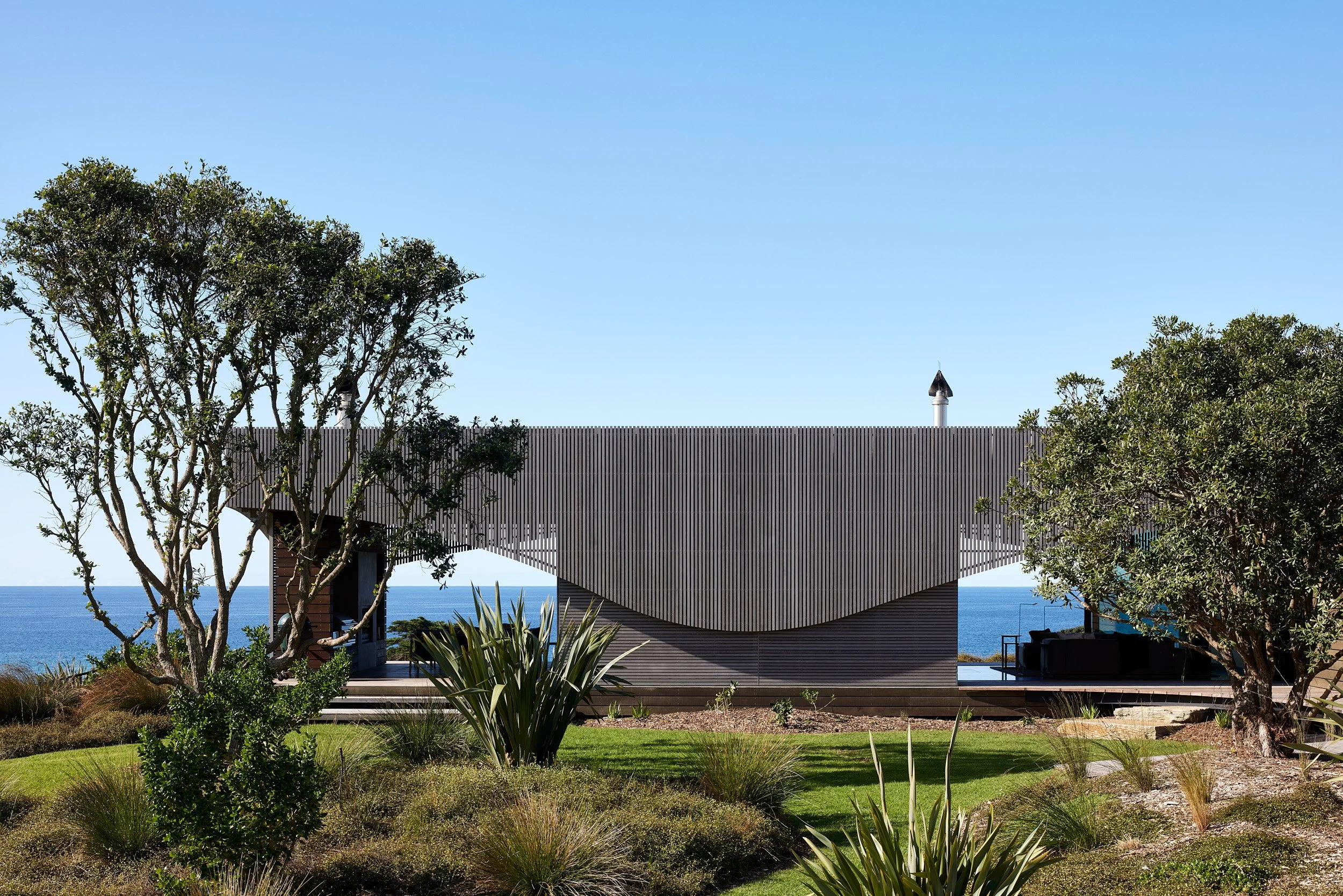#468 - LANCE HERBST, Founder and Partner of Herbst Architects Ltd
SUMMARY
This week, David and Marina of FAME Architecture & Design are joined by Lance Herbst, Founder and Partner of Herbst Architects Ltd. The three discussed Lance’s educational background, his early career, moving to New Zealand, establishing Herbst Architects, Niki as a partner in all things, focusing on designing houses, timeline for building a custom home, modern architecture in NZ, practice’s language, operations & background, building codes & innovation, maintaining design variety, working with physical vs digital models, and more. Enjoy!
ABOUT LANCE
Lance & Nicola Herbst met whilst studying architecture at the University of Cape Town. After graduating they worked partly together and partly independently on projects in South Africa and immigrated to New Zealand in 1998 and established Herbst Architects in 2000.
One of the couples first projects was their own bach, on Great Barrier Island, for which they received the New Zealand Institute of Architects Award in 2002. The Island is now home to eight of their houses - all off the grid - each designed to have minimal impact on the environment.
For most of the past 15 years, Nicola and Lance have been been asking themselves this: what’s the best way to live in and feel connected to the New Zealand landscape and climate?
TIMESTAMPS
(00:00) Lance's education background.
(15:33) Working in architecture before starting studies.
“Even in just working in an office for one year, you learn that there's a reality and a practicality in how buildings happen. You realize the weight of the fact that everything you're doing is in service of getting a building built. Then you get to university with a whole lot of kids that have never been through that. University has everything to do with the process rather than the outcome. So, you find yourself slightly hampered by that real world experience because you think, “You can't do that. It's not going to work.” But the flipside of that is that you have learned how to put stuff down on paper and how a building actually gets built.” (17:03)
(20:30) Lance's early career.
(24:26) Moving to New Zealand.
(32:59) Deciding to establish own practice.
(37:33) Partner in all things.
(42:29) Focusing on designing houses.
(47:52) Timeline for building a custom home.
(54:00) Modern architecture in New Zealand.
(55:41) Office background.
“Where we are is probably where I wanted to be, otherwise I wouldn't be here. It's decisions and forks in the road that you take along the way. I think if you want to [grow into a large firm,] you've got to be good at managing and people orientated skills. It's not something that Niki or I am particularly good at. So, we either have to change our personality or bring someone in to do that. As immigrants in our 30s, it is probably more realistic for us to aim for a small to mid-size practice rather than a big one.” (56:41)
(59:04) When practice found its language.
“You design a sports car with the top down because that's how you're going to use it. It’s the same with buildings. The engagement with nature and weather comes to the top of the list as the thing you're designing for. In New Zealand, you get winds coming from either direction. You get a really cold wind coming from the southwest and warm wind coming from the northeast. Then there’s clouds rising overhead, so it’ll rain for three minutes and then it'll be sunny again. So, it’s a very changeable environment. A lot of the language around our buildings, like sliding screens and overhangs etc. are so that you can adjust the building to respond to this. We are sitting outside, and the wind has just flipped 180 degrees, so how do you stay comfortable?” (01:04:03)
(01:08:47) Building codes restricting innovation.
(01:12:19) Maintaining design variety for each project.
“A metaphor is a good conceptual mechanism, but it's not the only way to approach it. Concept for me is when you get an idea that comes out of the brief, the land, the client etc. And that idea then drives every single decision in the project to reinforce that idea.” (01:18:25)
(01:19:00) Working with physical models and 3D.
“One of the problems with working with physical models early on is that you can seduce yourself with them. A lot of the stuff we look for in architecture models are missteps, for example tracking junctions and how things connect with each other. Imagine the amount of handwork that it would have taken 20 years ago to be able to look at every single junction in three dimensions. We could do it so quickly now with digital modelling software, so I think it's been a game changer in terms of achieving an incredible resolution for a building.” (01:20:20)
(01:21:09) Lance's favorite building.



















